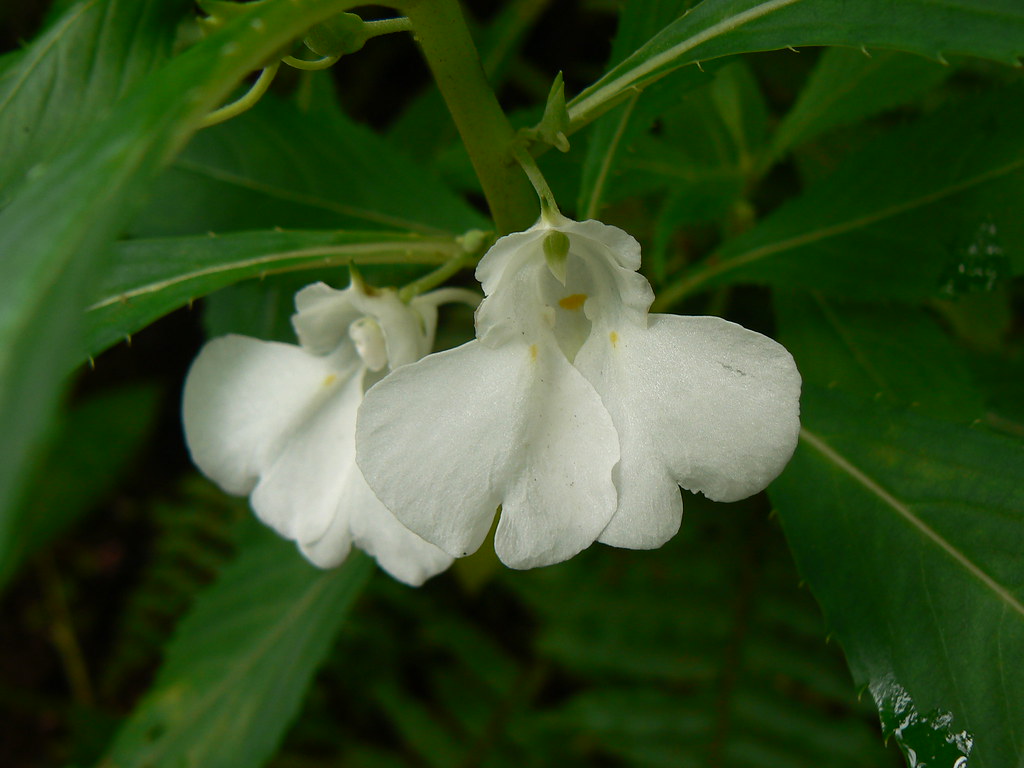Balsam in sanskrit meaning

Balsam, known as “पुण्डरीक” (Pundarika) in Sanskrit, holds a significant place in traditional and cultural contexts. This aromatic plant, valued for its therapeutic properties and vibrant blooms, has a rich history that spans various civilizations.
Botanical Overview:
Balsam, scientifically classified as Impatiens balsamina, belongs to the family Balsaminaceae. This annual plant is native to South Asia and Southeast Asia, where it thrives in warm and tropical climates. With its lush green foliage and colorful flowers, Balsam is a popular ornamental plant in gardens and landscapes.
Cultural Significance:
In Sanskrit, the name “पुण्डरीक” (Pundarika) carries cultural connotations, often associated with purity and divine beauty. The flower’s significance extends to Hindu mythology, where various deities are adorned with flowers, and Balsam, with its delicate petals, symbolizes purity and spirituality.
Medicinal Properties:
Traditional Ayurvedic medicine recognizes the therapeutic potential of Balsam. The plant’s extracts have been used for their anti-inflammatory and antimicrobial properties. Balsam is believed to be beneficial for skin ailments, and its oil is often applied topically to soothe minor irritations. Additionally, the plant is considered to have cooling properties, making it a part of traditional remedies for conditions related to excess heat in the body.
Culinary Uses:
While Balsam is primarily known for its ornamental and medicinal value, some cultures incorporate it into culinary practices. The leaves and young shoots of Balsam are occasionally used in salads, adding a subtle, peppery flavor. However, it’s important to note that the plant is not a staple in the kitchen and should be consumed cautiously, as some varieties may contain compounds that could be toxic in large quantities.
Horticultural Appeal:
Balsam’s horticultural appeal lies in its colorful and uniquely shaped flowers. The blooms can vary in hues, including shades of pink, red, purple, and white. The plant is characterized by its fleshy stem and lance-shaped leaves, creating a visually striking appearance. Balsam is a popular choice for gardens and decorative landscapes, adding a burst of color with its vibrant flowers.
Symbolism in Art and Literature:
In addition to its practical uses, Balsam has found its way into various forms of artistic expression. The flower’s symbolism is often explored in literature and art, representing themes of purity, resilience, and beauty. Its inclusion in religious ceremonies and rituals further cements its cultural importance.
Conservation and Preservation:
While Balsam is widely cultivated and appreciated, some species face threats due to habitat loss and environmental changes. Conservation efforts are crucial to preserve the biodiversity of these plants and ensure their continued availability for both cultural and medicinal purposes. Initiatives aimed at sustainable harvesting and cultivation play a pivotal role in maintaining the balance between utilization and preservation.
In conclusion, Balsam, or “पुण्डरीक” (Pundarika) in Sanskrit, is more than just a visually appealing flower. Its cultural, medicinal, and horticultural significance highlights the intricate relationship between nature and human civilization. As we continue to explore the wonders of botanical diversity, Balsam stands as a testament to the profound impact that plants can have on our lives, both physically and culturally.
